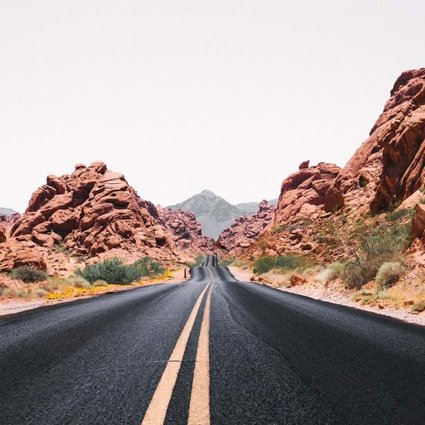
Year 8
Type: Plan, role play
Individual or group work: Fours
Levels of assessments: Four, five and seven
Number of lessons: Five
Number of homeworks: One
Geography Key Processes
-
Planning enquiry
-
Asking questions
-
Use of sources
-
Drawing conclusions
-
Communicating
Students always enjoy a lively debate but they do need to be prepared. This assessment topic deals with the fragile environment of Mount Everest and her surrounds. As a topic it encompasses all aspects of geographical learning and indeed the assessment criteria could well be extended for this assessment.
The situation provided focuses on the southern Everest Base Camp but students may choose to investigate the northern one; their choice of Base Camp will then influence whether or not they investigate the Nepalese or Tibetan lifestyle.
It is important that students are aware of the two parts of the assessment -the role-play and the plan (map). Information gained from the role-play will inform students for the production of their plan. It is important to emphasise that for the plan students will not be in role.
The assessment is written for all levels; differentiation of levels is by outcome of the speeches, note-taking and the quality of the plan (map).
The class will need to be divided into eight or nine groups of three or four students. Each group will take on the role of one group of people (i.e. the four people in group one will all be Doctors, the four people in group two will all be trekkers and so on). The roles are of differing complexities and some roles will be more difficult to find information about. So, in order of complexity combined with the degree of available information:
-
Glaciologists
-
Mountain Doctors
-
Himalayan Trust Members
-
Sagamatha National Park Officers
-
Ecologists
-
Sherpas
-
Porters
-
Mountaineers
-
Trekkers
The resources available for this assessment are:
-
Impossible places teacher guidance
-
Impossible places Levelling Grid
-
Resource Sheet A - Assessment Activity
-
Resource Sheet B - Using Sources
-
Resource Sheet C - Planning the Assessment
-
Resource Sheet D - Role Briefs
-
Resource Sheet E - Public Meeting Note-taking Outline
-
Resource Sheet F - Agenda for Public Meeting
If you have not used public enquiry speaking as an assessment before, here are some guidelines as it can be a bit daunting when every student has something valuable to say.
-
Book computer room in advance for one lesson. Decide if you will have a visitor (such as a member of Senior Management or Citizenship Coordinator) in to listen to the speeches. If so, arrange this and decide whether or not they, or you, will be making the closing conclusions and decisions from the enquiry
-
Sort out copying of the resource sheets. Sheet E should be enlarged to A3
-
Sort the groupings out in advance and decide on which role each group will take
-
Have tables set out in groups ready for students
-
Set out the tasks in outline. Emphasise that there are two parts to this assessment: the role-play for assessing attitudes and values and the plan for assessing understanding of sustainability
-
Set students off working out what information they need to find out as a group and who will do what
-
Have an Internet based lesson for students to gather their information. Give instruction on efficient searching. Remind students to complete their ‘sources' list as they go along and to make comment on the bias of their sources
-
Set homework:
-
Write my part of the speech on...
-
Produce any visual aids that I need
-
Write down four good geographical questions to ask at the Public Enquiry
-
-
Students work in their group writing group speech, deciding who says what and practicing ready for the public enquiry next lesson. Prompt cards and visual aids need to be produced. It would be worth discussing the levels of literacy local residents would have and therefore visual aids must be appropriate
-
The public enquiry. I tend to set my room out in two U shapes, one inside the other. Each group will need to sit together. Introduce the agenda - this could be on the board in advance - and the note-taking proforma. Explain that this note sheet will form an important part of the assessment. You will need to introduce the public enquiry, and then have each group speak in turn, keeping within their time limit. You may have time for a few of their questions. The conclusion could be drawn by yourself or your visitor - a decision will need to be made as to whether or not a permanent settlement should be built. This could be based on the levels of persuasion in the speeches or by a class vote
-
Set the homework of drawing a plan for a permanent, sustainable, settlement at Base Camp. This should be on A4 paper
-
Start the next lesson with a vote on who thinks, as themselves, that a permanent settlement should be built. Discuss briefly
-
Set the task of students annotating their plans. The quality of their annotating will influence their overall level. Plans could be stuck on to A3 paper for this
-
Enjoy the activities and the assessing
File nameFiles
File type
Size
Download